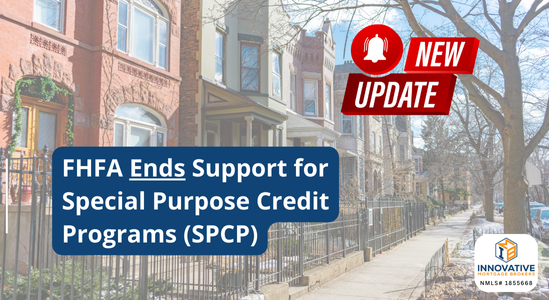What happens when too much leverage enters the safest market in the world. The bond…
What Is an Annual Escrow Statement and Why Should I Look at Mine?
Congratulations on owning your Philadelphia home for a full year! It’s such an exciting milestone and chances are that you have learned the ins and outs of your new home, from the squeaky stair to that one uneven floorboard. Now it’s time to get familiar with your annual escrow statement & home mortgage as well.
You will receive an annual escrow statement from your lender. This is not a bill, so you may be tempted to just file it away, but there is important information inside that can help you understand your home’s value.
Inside the Annual Escrow Statement:
Escrow Balance:
Toward the top of your annual escrow statement, you will find the actual balance currently in your escrow account. Every month when you make your mortgage payment, a portion goes into this account. Your lender then pays the taxes and insurance on your behalf. They will include the amount in that account (current escrow balance) as well as the amount that they actually had to pay (required escrow balance).
How Escrow is Calculated:
Your lender should include the breakdown of how much is required for taxes and how much is required for insurance each month. This will be totaled to create a monthly escrow payment. Remember that this amount is included in your monthly mortgage payment, not separate.
Payment Options:
If the required escrow amount on your annual escrow statement is greater than the current escrow amount, you will need to make up that difference. Most lenders automatically adjust your monthly payment for the next year to make it up. Don’t worry—they’ll let you know what your new monthly payment will be. The increase is not usually a significant amount because it is spread out over a 12-month period. You may also have the option to pay the difference as a one-time payment, depending on the lender.





